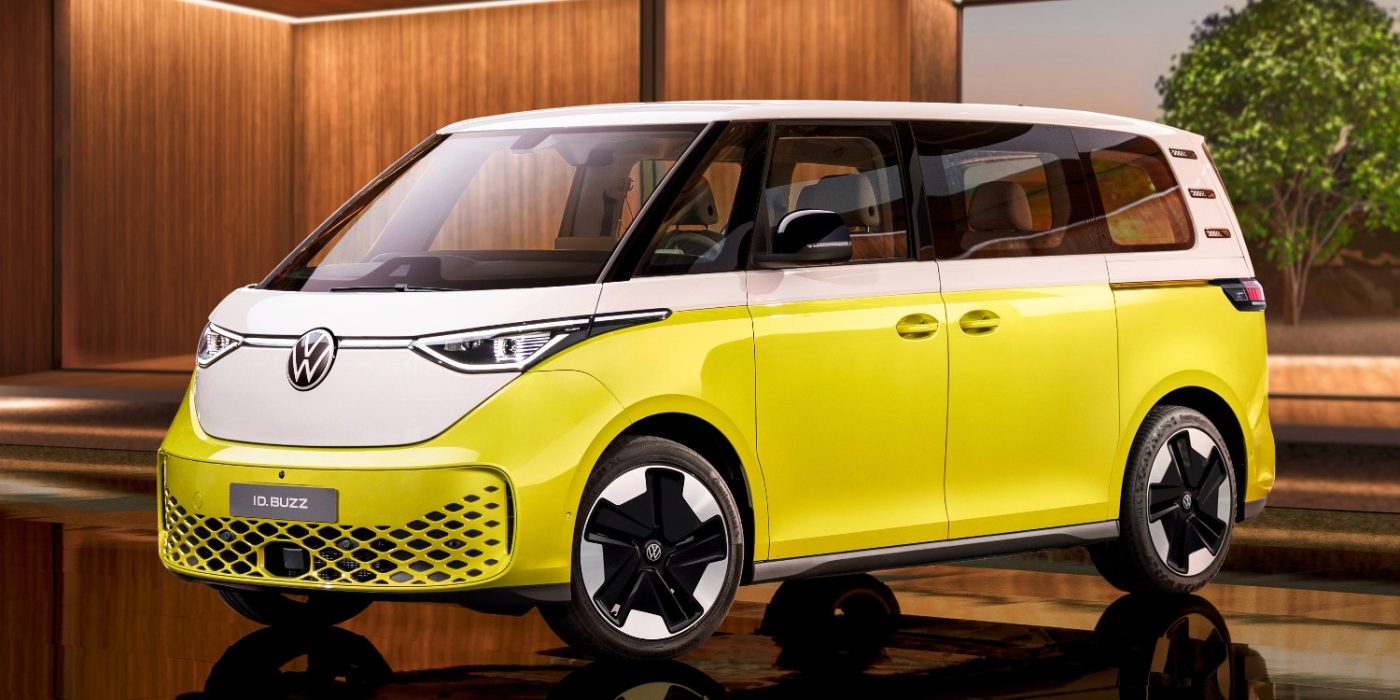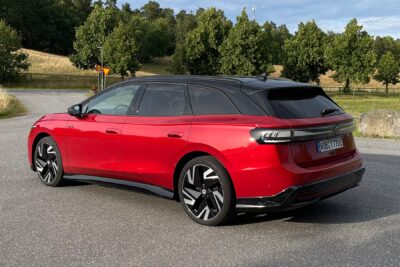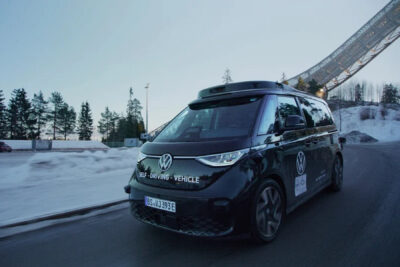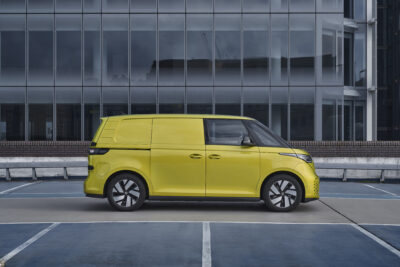VW considers building second plant in the USA
Volkswagen is considering the construction of a second plant in the USA. It could be built directly next to the current factory in Chattanooga. According to media reports, a battery cell plant in the area is also being considered. No decision has been made yet, but the move has been in the offing for months.
In recent weeks and months there have been indications that Volkswagen wants to turn more to the US market in order to reduce its dependence on China. Now it is likely to become concrete soon: according to information from the German publication Manager Magazin, group boss Herbert Diess is planning a second US plant.
The plant could be built directly next to the current factory in Chattanooga, as unnamed persons involved are said to have confirmed to the magazine. There is a brownfield site of similar size to the northeast of the current production hall. A second plant could increase US production capacity to as many as 600,000 vehicles.
Insiders state that Diess is “determined” to strengthen the US business – especially with a view to the core Volkswagen passenger car brand. However, there is no final decision yet. The report does not indicate by when such a decision will be made.
VW wants to build most of its North American portfolio in Chattanooga
The same applies to the construction of a battery plant, which is “probably to be built near the Chattanooga plant”. Here, a possible capacity is not even mentioned or whether VW wants to set up the battery production on its own or together with a cell manufacturer. For the US production of the ID.4, which will start in autumn 2022 at the current Chattanooga plant, the Wolfsburg company is known to purchase the cells from SK Innovation.
The plans for a battery plant do not come as a surprise: a few weeks ago, the Group announced its intention to set up battery cell production in the USA. A decision is to be made this year, and “governance and financial models” are currently being evaluated for the planned battery factory, which will not only produce for the VW brand. What is new, however, is that the cell factory is to be built near Chattanooga.
In principle, the move for VW to expand production capacity in North America had been indicated. In March, VW North America boss Scott Keogh indicated that by 2030, 90 per cent of VW’s North American portfolio would also be built in North America. At the time, Keogh confirmed that by the middle of this decade, plants in Mexico – the car factory in Puebla and the engine plant in Silao – would also be converted to produce electric cars or components such as e-motors.
One possible model that could be produced in Chattanooga in the expansion building already exists: as a source close to the matter told the Reuters news agency, the ID. Buzz could come off the production line. The MEB van with retro leanings is said to have a lot of potential on the US market in Wolfsburg.
The ID. Buzz will be launched in the USA, but will initially be imported from Germany like the ID.4 – only from Hanover and not from Zwickau. Reuters quotes an unnamed top manager who is said to have stated in March that the ID. Buzz for North America could later also be assembled in the USA or Mexico. VW has not yet confirmed this.
Reuters also writes, citing the insider, that VW could also build an electric pickup in Chattanooga in the future. Further details are not mentioned in the report. VW had only recently published a rendering of an ID. Buzz with a pickup truck rear – but it remains to be seen whether such a model will go into series production.
Only this week, Lars Krause, board member for sales at VW Commercial Vehicles, confirmed that the next generation of the Amarok will also be available as an electric vehicle. However, the Amarok was developed on the basis of the Ford Ranger and is to be built by Ford in South Africa. Moreover, pickups the size of a Ranger or Amarok tend to be considered small in the USA.
The VW Group had already announced that it would invest several billion euros in North America in the coming years and launch 25 new electric models there by 2030 – these would then account for 55 per cent of US sales.
reuters.com, manager-magazin.de (in German)





0 Comments